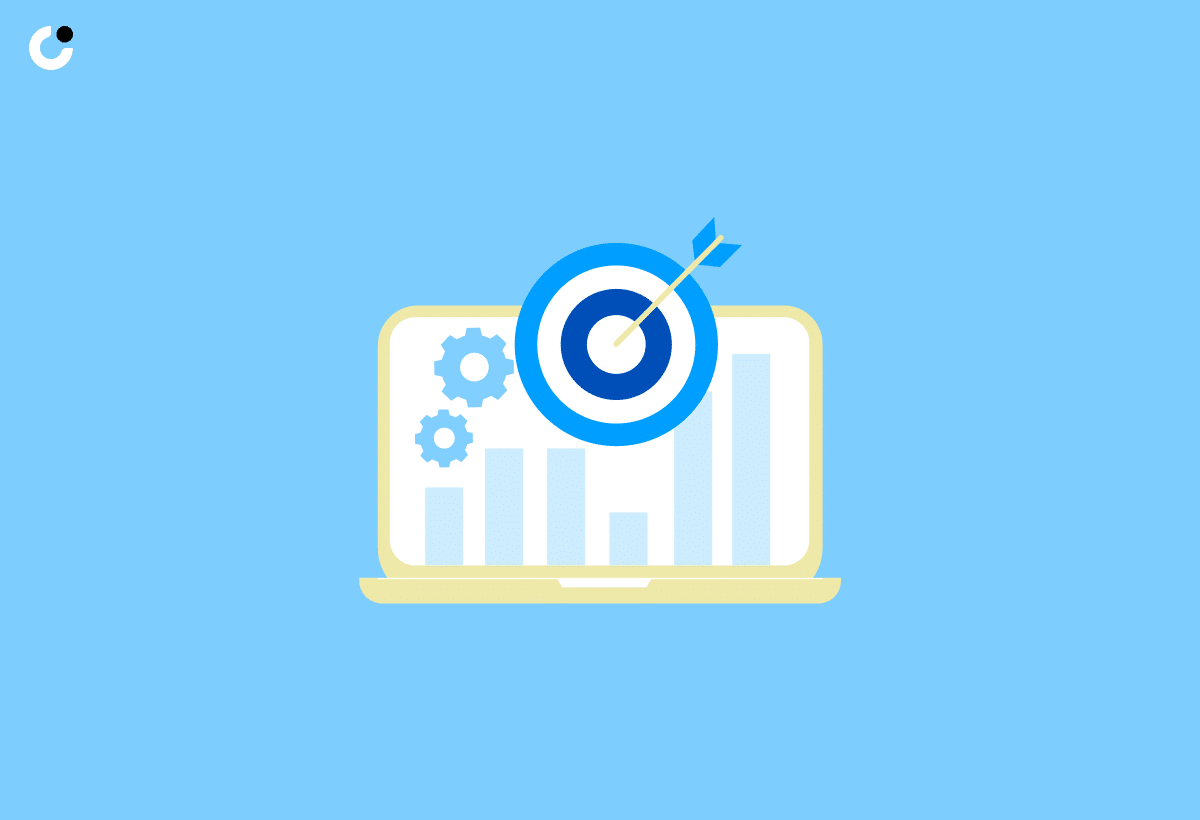Are you ready to supercharge your sales and connections with the power of cold email outreach? With the right templates and strategies, cold emailing can be a game-changer for your business. In this blog post, we’ll explore an example of cold email templates and techniques that will help you craft attention-grabbing, personalized, and persuasive emails to reach your target audience. Let’s get started on boosting your outreach success!
Key Takeaways
- Decode the anatomy of a successful cold email to craft captivating subject lines, personalized opening lines and clear value propositions.
- Leverage industry news, company achievements and job positions for personalization in your emails.
- Track key metrics such as open rates, response rates & conversions to measure success & optimize future campaigns.
Decoding the Anatomy of a Successful Cold Email

Crafting a successful cold email is an art that begins with understanding its core components. The secret to a captivating cold email lies in three main elements: an enticing subject line, personalized opening lines, and a clear value proposition. Mastering these aspects boosts your chances of engaging your prospects and achieving your outreach goals.
Further examination of these integral components will help unlock the full potential of your cold email campaigns.
Crafting the Perfect Subject Line

Your subject line is the gateway to your email, making it paramount to capture your prospect’s attention. A compelling subject line can significantly increase your email open rates, so it’s worth dedicating time and effort to perfecting it.
To craft a captivating email template subject line, avoid using generic phrases or words commonly associated with spam, such as “free” or “limited time offer.” Instead, opt for creative and personalized subject lines that pique your prospect’s curiosity. For example, the “Can I Send You Ideas?” cold email has the subject line “Proposing two ideas for [company],” which aims to grab the attention of the right person within the company who can benefit from the ideas being proposed.
Continual testing and refining of your subject lines will optimize the effectiveness of your cold email outreach.
Personalized Opening Lines That Resonate

A personalized opening line can make all the difference in establishing a connection with your prospect. Demonstrating that you’ve invested time in understanding their needs creates a sense of rapport and increases the likelihood of receiving a response.
For instance, in a link building cold email, you could open with “Greetings [first name], I wanted to express my admiration for your [url_title] resource posts: [URL].” Crafting tailored opening lines that resonate with your prospect will set the tone for a successful cold email exchange.
Presenting Your Value Proposition Clearly

A clear and concise value proposition is essential to showcase how your product or service can benefit your prospect. Presenting the advantages they can gain from supporting you simplifies their understanding of why they should respond to your email.
For example, in the Introductory Cold Email Template, you could mention how your product or service has helped past clients achieve their goals and address their pain points. This will demonstrate the value that you can provide to your prospect and encourage them to take action.
Mastering the Art of Personalization in Cold Emails
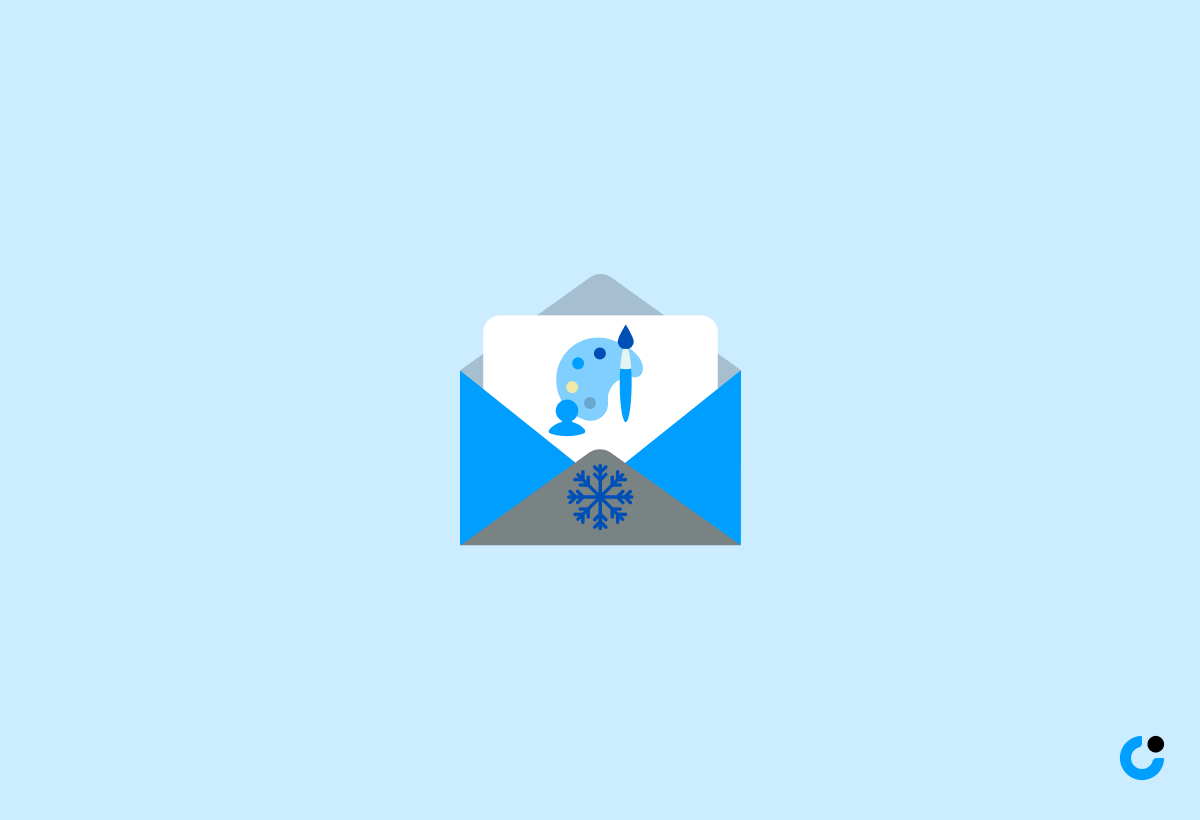
Personalization is the key to unlocking the full potential of your cold email outreach. Tailoring your message to your prospect’s needs and interests significantly increases the likelihood of a response.
Three strategies to master the art of personalization in cold emails include leveraging industry news for relevance, addressing the prospect’s company achievements, and utilizing job position for custom messaging.
Leveraging Industry News for Relevance
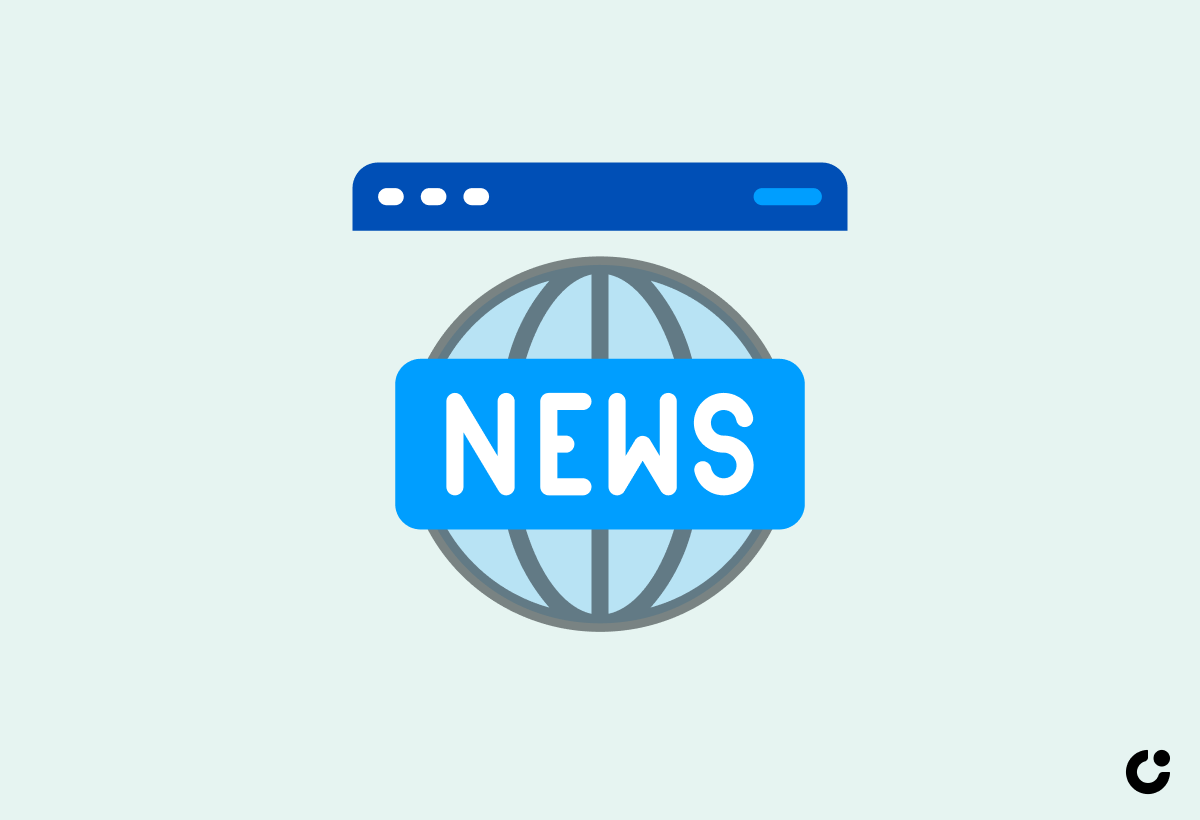
One way to make your cold emails more relevant and engaging is by incorporating industry-specific news and using the best cold email techniques. By demonstrating your expertise and staying up-to-date with the latest trends, you can create a connection with your prospect built on trust and credibility.
For instance, if your prospect’s company has recently been featured in a news article, you could mention this in your email and explain how your product or service aligns with their current achievements. Leveraging industry news creates a personalized and timely message that resonates with your prospect.
Addressing the Prospect's Company Achievements

Another effective personalization strategy is to acknowledge your prospect’s company achievements. By recognizing and congratulating them on their successes, you show that you’ve done your research and genuinely care about their progress. This can help build trust and rapport, increasing the chances of a positive response to your email.
When including company achievements in your message, be sure to do so in a genuine and non-manipulative way, focusing on how your product or service can help them continue to grow and succeed.
Utilizing Job Position for Custom Messaging
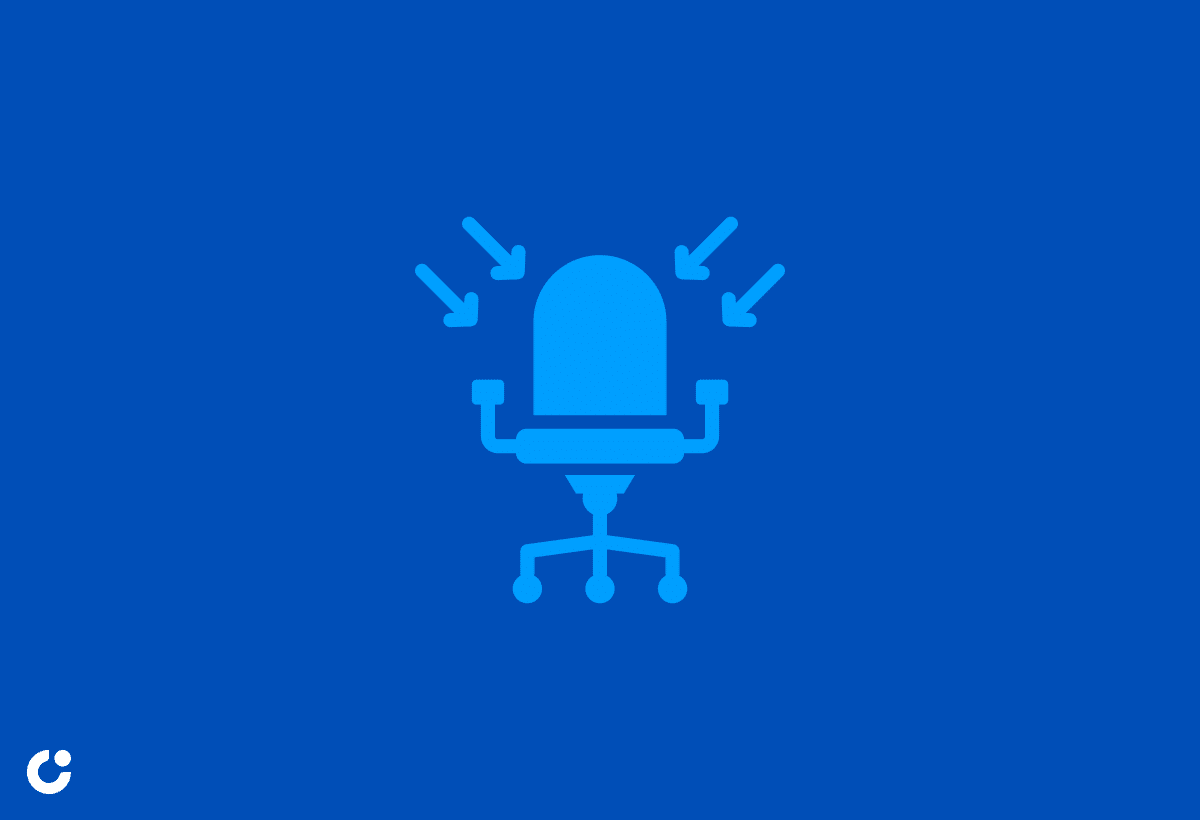
Tailoring your message based on your prospect’s job position is a powerful way to personalize your cold email. By addressing the specific needs and challenges of their role, you demonstrate your understanding of their responsibilities and how your product or service can benefit them.
To create job position-specific messaging, research your prospect’s role within their company and customize your email to address their unique pain points and decision-making authority.
Showcasing Social Proof in Your Cold Outreach

Social proof is a powerful tool for building credibility and trust in your cold email outreach. Showcasing testimonials, case studies, and partnerships with industry leaders provides tangible evidence of the value your product or service can offer.
In this section, we’ll explore two ways to showcase social proof in your cold emails: integrating testimonials and case studies and highlighting partnerships with industry leaders.
Integrating Testimonials and Case Studies
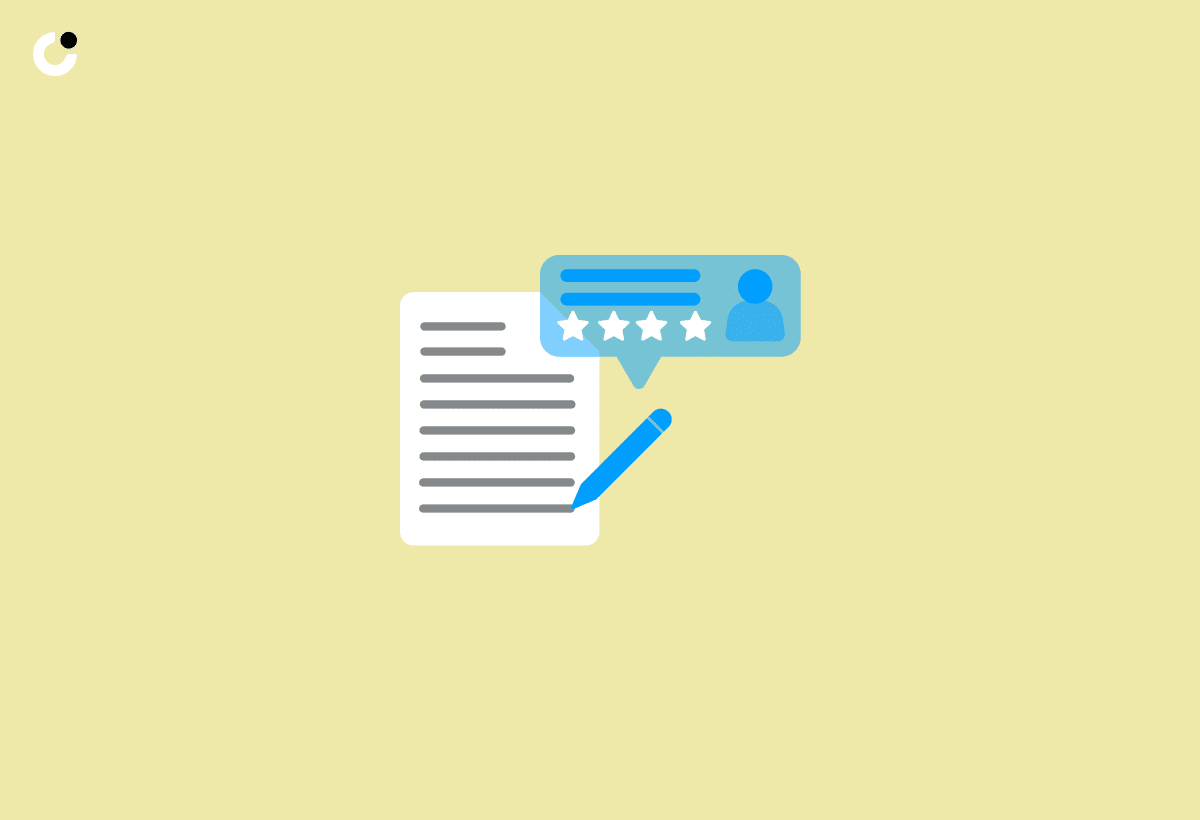
Including testimonials and case studies in your cold email can help demonstrate the success of your product or service. By sharing real-life success stories and tangible results, you can build trust with your prospect and persuade them to take action.
When selecting testimonials and case studies, make sure they are relatable and resonate with your target audience. This will help to ensure your message is both persuasive and compelling.
Highlighting Partnerships with Industry Leaders

Partnering with industry leaders can enhance your reputation and demonstrate your credibility. By subtly mentioning these partnerships in your cold email, you can showcase your expertise and the value you can provide to your prospect. To effectively highlight your partnerships, focus on presenting them in a way that illustrates their value and applicability to the recipient, rather than simply boasting about your connections.
The Role of Follow-Up Emails in Cold Outreach

Follow-up emails play a crucial role in cold outreach, as they help to maximize response rates and keep the conversation going. Sending timely and well-crafted follow-up messages increases your chances of engaging your prospect and moving the sales process forward.
In this section, we’ll discuss the importance of timing your follow-up emails and provide content strategies for crafting effective follow-up messages.
Timing Your Follow-Up Emails
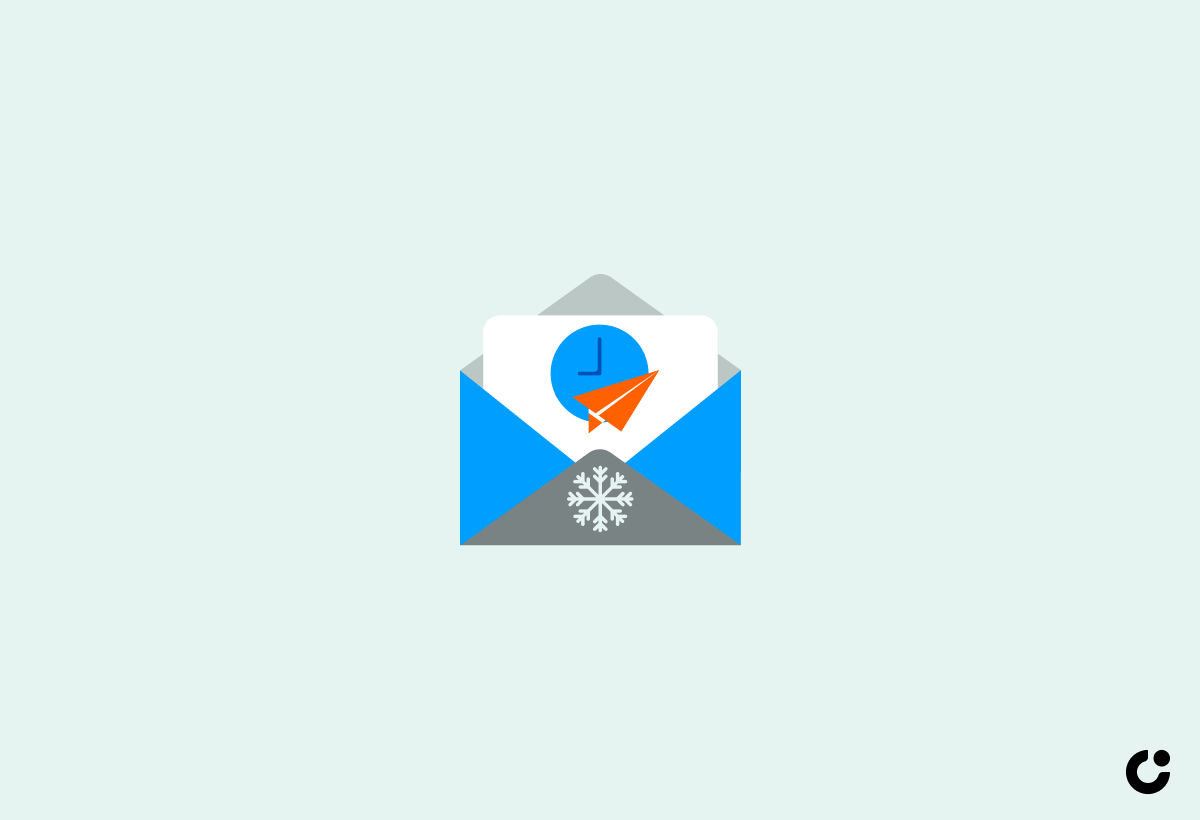
Timing is everything when it comes to sending follow-up emails. Studies have shown that response rates can increase by up to 50% after the first follow-up and that reply rates can jump from 49% to 220% after multiple follow-up emails.
To maximize your chances of receiving a response, it’s recommended to send follow-up emails at intervals of 3-5 business days after the initial email, and to do so during the prospect’s working hours. Timing your follow-ups strategically increases the likelihood of engaging your prospect and keeping the conversation going.
Content Strategies for Effective Follow-Ups

When crafting follow-up emails, it’s important to keep the content fresh and engaging to capture your prospect’s attention. To do this, consider:
- Modifying the message in each email
- Making them concise and to the point
- Avoiding repeating the same information
- Providing new insights or value propositions that can pique your prospect’s interest
Continually refining your follow-up emails increases the likelihood of receiving a response and moving the sales process forward.
Cold Email Templates for Specific Scenarios
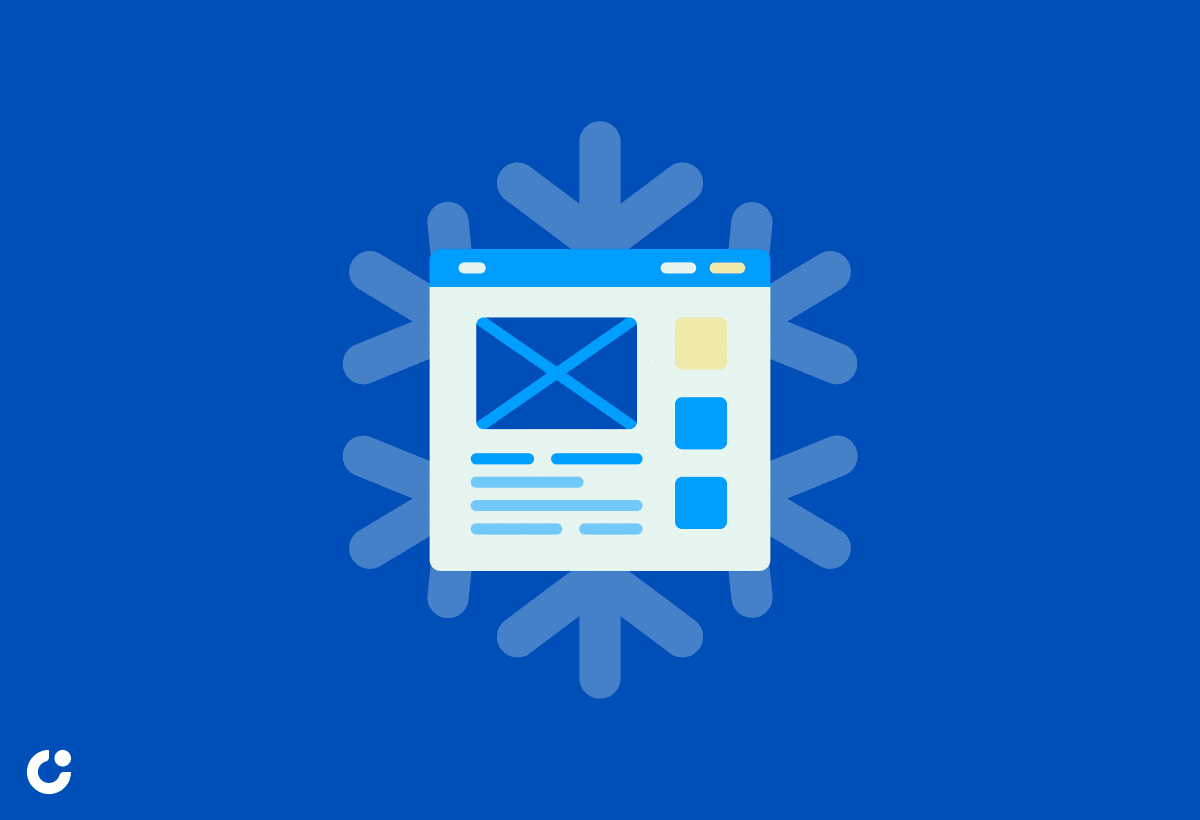
Provided below are cold email examples in the form of templates for specific scenarios, including introductory, solution-oriented, and networking emails. These cold email templates are designed to help you craft personalized and persuasive messages that resonate with your target audience and achieve your outreach goals.
The Introductory Cold Email Template
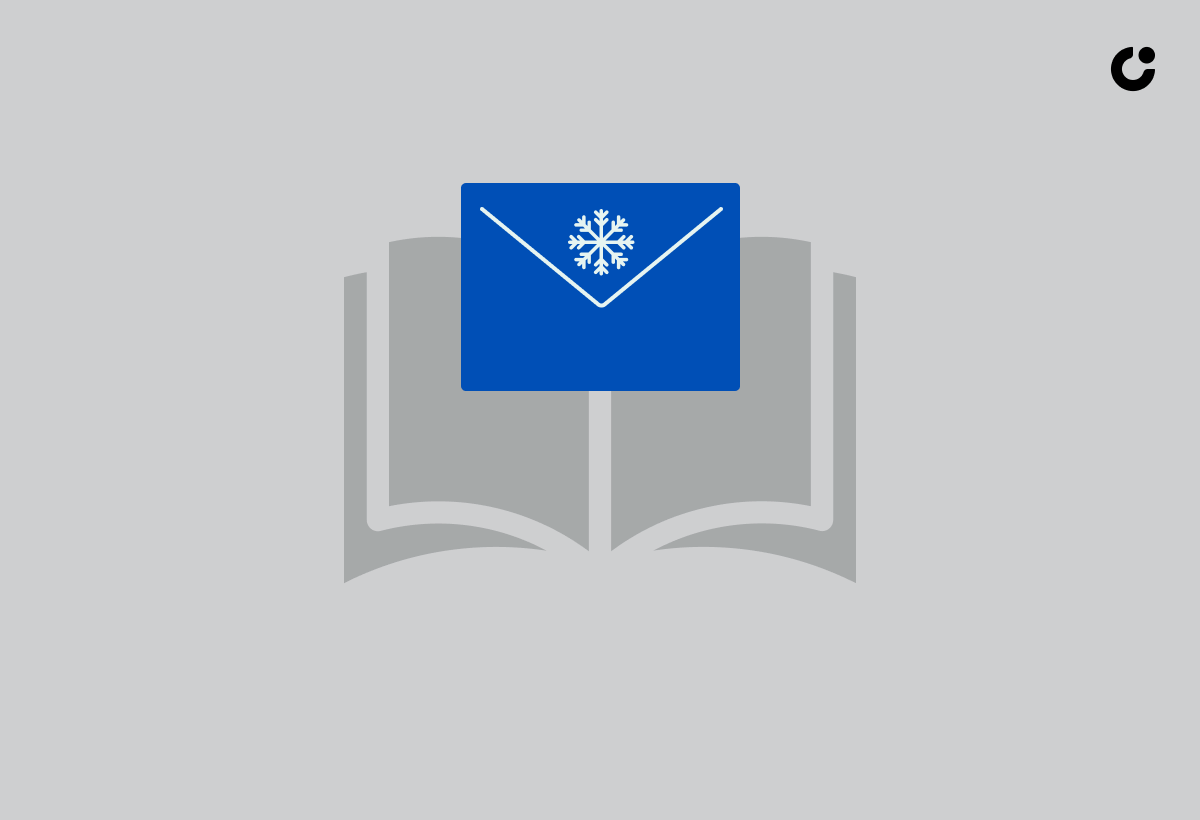
The Introductory Cold Email Template is perfect for introducing yourself and your company to a prospect. In this template, be sure to include your:
- Name
- Job title
- Company name
- Contact information in the email signature.
Start your email with a friendly greeting and a brief introduction of yourself and your company. Then, explain the purpose of your email and how your product or service can benefit the prospect.
Finally, include a clear call-to-action that prompts the recipient to take the next step, such as scheduling a call, visiting your website, or reading a relevant blog post.
The Solution-Oriented Cold Email Template

The Solution-Oriented Cold Email Template is designed to present a solution to your prospect’s pain point or problem. In this template, follow these steps:
- Start by identifying the prospect’s pain point and explaining how your product or service can address it.
- Provide concrete examples of how your solution has helped others in similar situations.
- Include a clear call-to-action that directs the prospect to take the next step, such as requesting a demo or downloading a case study.
The Networking Cold Email Template
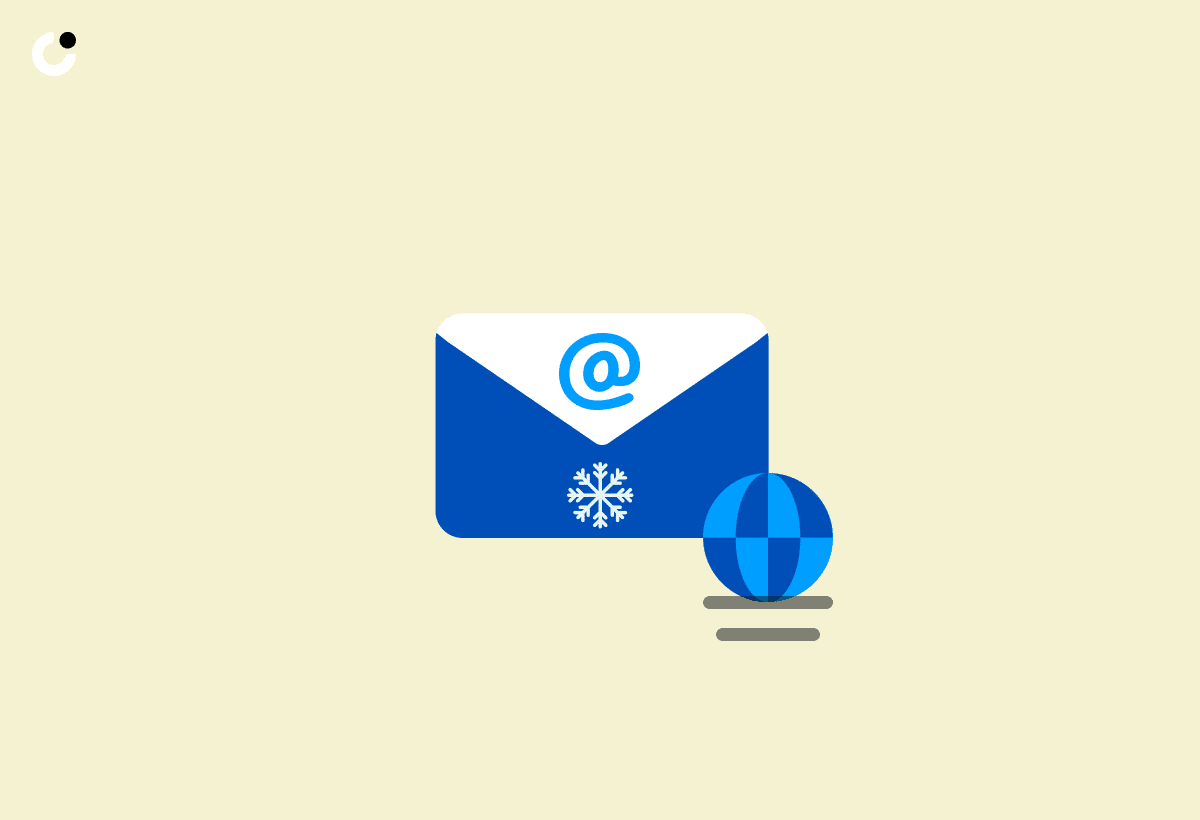
The Networking Cold Email Template is perfect for building relationships with industry professionals and expanding your network. In this template, you can follow these steps:
- Introduce yourself and explain your reason for reaching out.
- Share a genuine compliment or common interest to establish a connection with the prospect.
- Include a clear call-to-action that invites the recipient to connect with you further, such as attending an event, joining a LinkedIn group, or scheduling a call to discuss potential collaboration opportunities.
By following this template, you can effectively reach out to industry professionals and expand your network.
Optimizing Your Email Signature for Professional Impact

Your email signature is an essential component of your cold email outreach, as it provides your prospect with your contact information and helps establish credibility. To optimize your email signature for a professional impact, include the following:
- Your name
- Your job title
- Your company name
- Your contact information
Additionally, consider the following tips for creating a professional email signature:
- Use a simple and uniform design
- Maintain consistency in fonts and formatting
- Avoid the use of images or animations that may detract from the professionalism of your signature
Designing Cold Emails for Mobile Readers

Considering the increasing number of people accessing their emails on mobile devices, designing your cold emails for mobile readers is beneficial. To ensure your emails are easily readable on mobile devices, you can:
- Use legible fonts such as Arial, Helvetica, and Verdana
- Consider using a single-column template
- Keep the subject line and preheader text within the character limit for mobile displays
Optimizing your cold emails for mobile readers increases the likelihood of your message reaching your target audience and achieving your outreach goals.
Avoiding Common Pitfalls in Cold Emailing
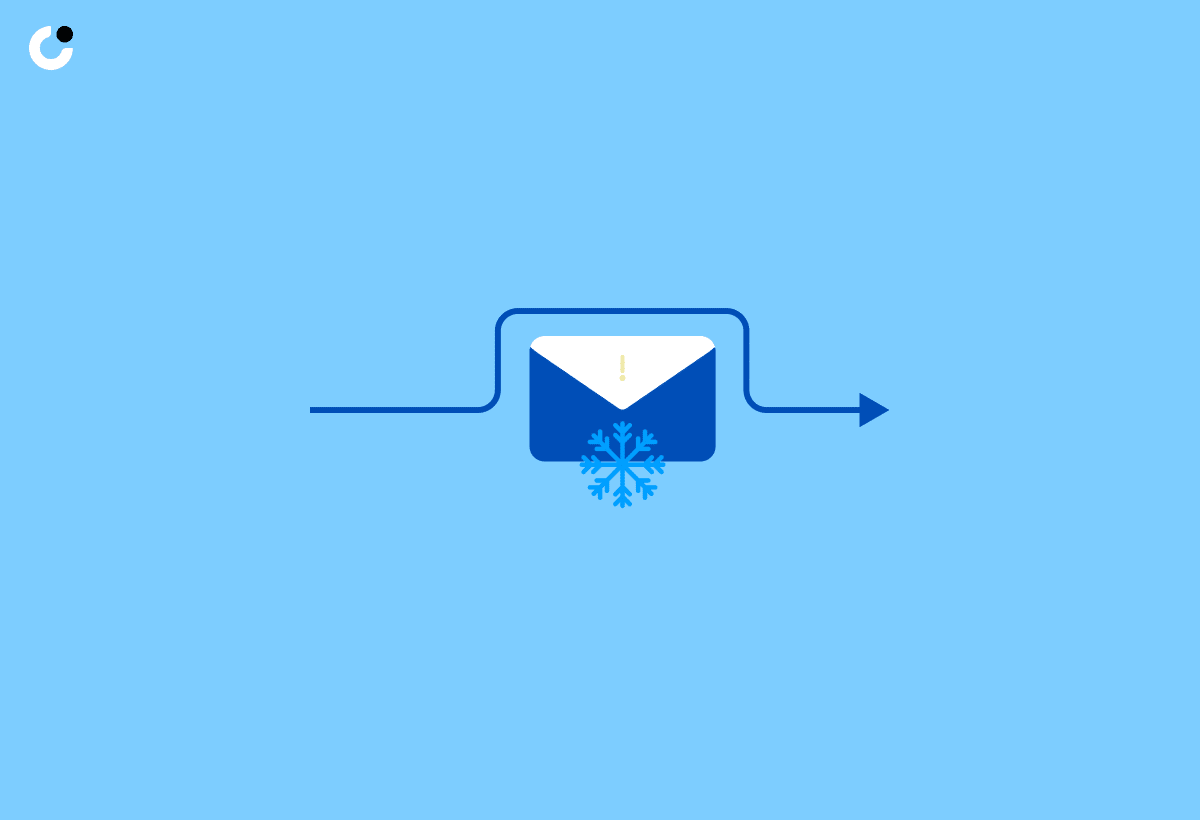
While crafting cold emails can be an effective way to reach your target audience, there are some common pitfalls to avoid. Excessive sales language, overly fancy email templates, and a lack of personalization can make your sales emails appear spammy and impersonal, increasing the risk of landing in the recipient’s spam folder.
To create successful cold emails, focus on personalization, clarity, and professionalism. Avoiding these common pitfalls increases the likelihood of engaging your prospects and achieving your outreach objectives.
Measuring the Success of Your Cold Email Campaigns
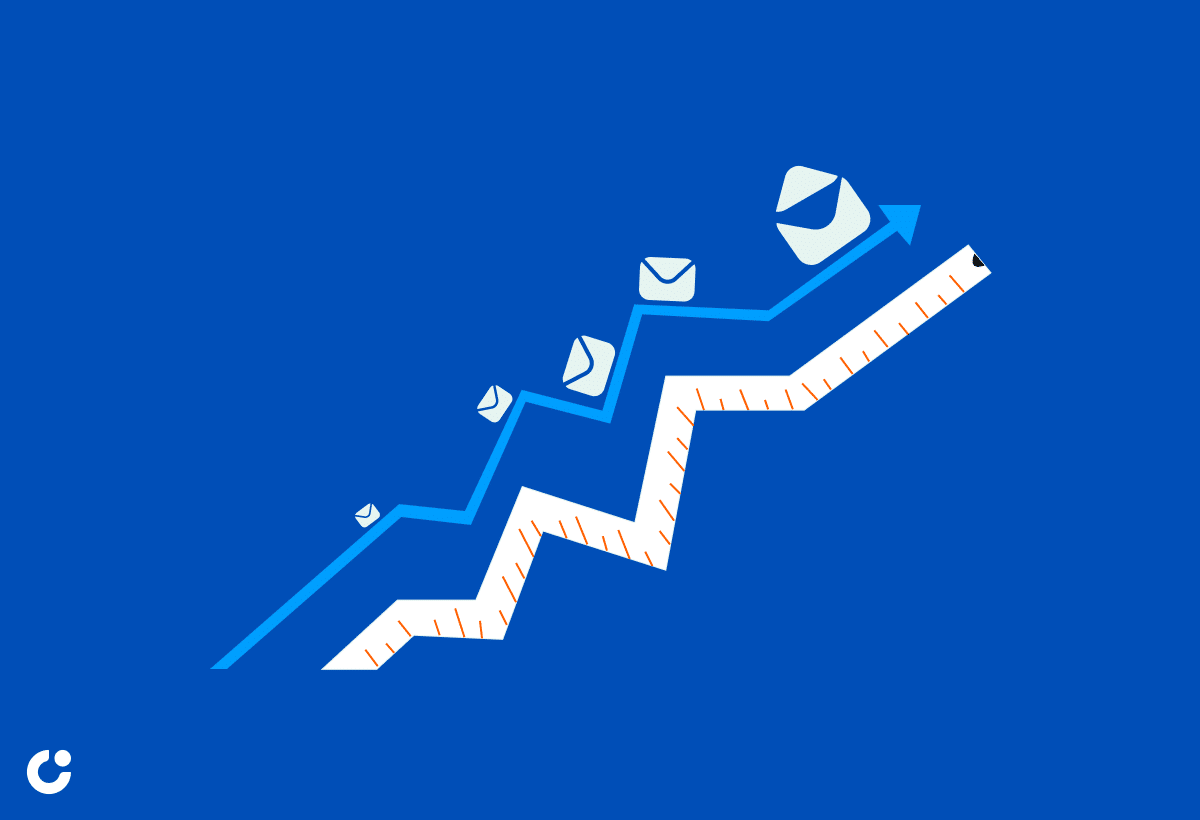
To optimize your cold email campaigns, it’s important to continually evaluate and assess the outcomes of your efforts. Key metrics for evaluating the success of your cold email outreach include open rates, response rates, and conversions. Tracking these metrics helps identify areas for improvement and refine strategies to maximize outreach success.
Continuously monitoring the success of your cold email campaigns enables data-driven decisions and better results.
Summary
In summary, a successful cold email campaign requires a combination of effective templates, personalization, and strategic follow-up techniques. By mastering the art of crafting compelling subject lines, personalized opening lines, and clear value propositions, you can significantly increase your chances of engaging your prospects and achieving your outreach goals. Additionally, showcasing social proof, optimizing your email signature, and designing your emails for mobile readers can further enhance your cold email outreach efforts. So why wait? Start implementing these strategies and templates today to boost your outreach success and achieve your business objectives.
Frequently Asked Questions
What are the key components of a successful cold email?
A successful cold email should include a captivating subject line, personalized opening lines, a relevant value proposition, personalization, leveraging industry-specific news, recognition of the prospect's company accomplishments, custom messaging tailored to the job position, social proof, testimonials and case studies, partnerships with industry leaders, a clear call-to-action, and an email signature, all written in a professional tone.
How can I create attention-grabbing subject lines for my cold emails?
Craft personalized and creative subject lines that draw the reader's curiosity, avoiding generic phrases and spam-associated words.
What is the importance of personalization in cold emails?
Personalization in cold emails is key to establishing a connection with the recipient and demonstrating that their needs have been researched and understood, which can lead to higher response rates and better rapport.
How can I measure the success of my cold email campaigns?
Measure the success of your cold email campaigns by tracking open rates, response rates, and conversions. This will allow you to identify areas for improvement and refine your strategies for maximum effectiveness.
What are some common pitfalls to avoid when crafting cold emails?
When crafting cold emails, it is important to avoid excessive sales language, overly fancy templates, and a lack of personalization. Focus on using a professional tone, making connections with readers, and including a clear conclusion in the first sentence.

